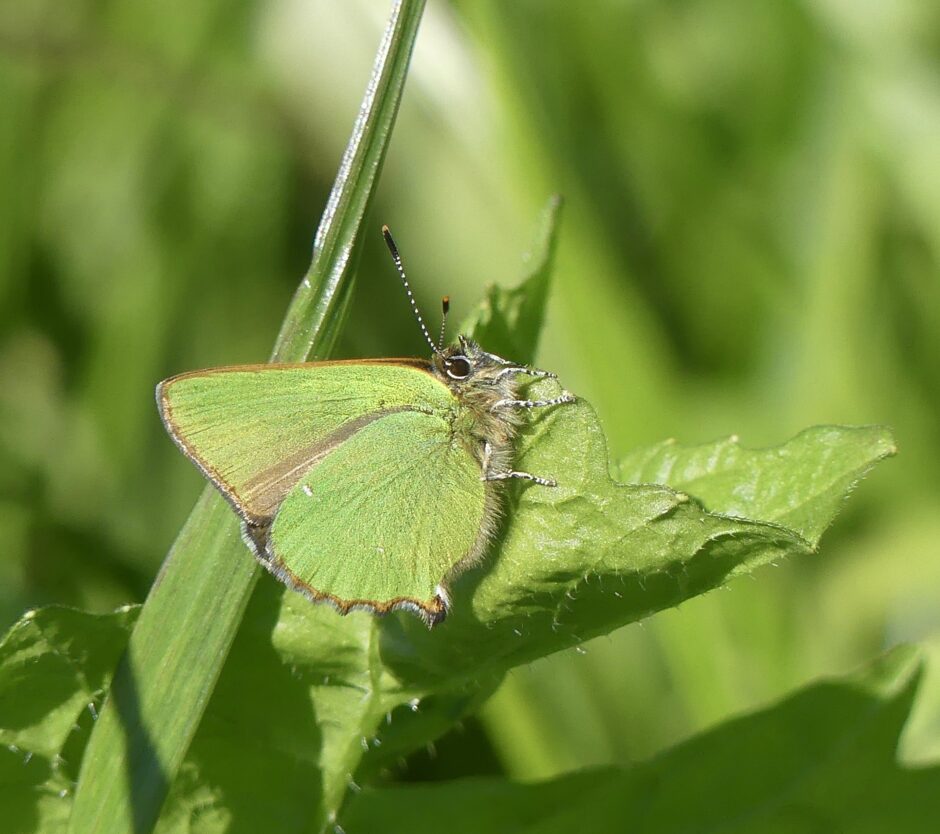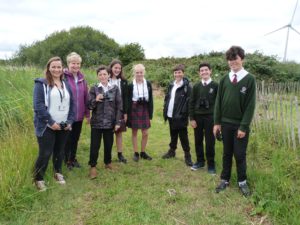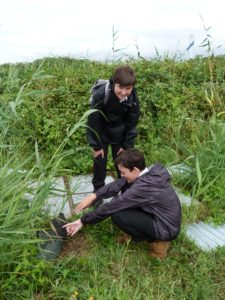I entertained some very enthusiastic (despite the rain) young naturalists at Crossness Nature Reserve last week. Students from Hertfordshire’s Simon Balle Academy came all the way over to south-east London when they heard about our Slow Worms.
Two very clever students are involved in the STEM Club (Science Technology Engineering & Maths) at their school, and were given the task of creating an investigation to carry out and present findings at the Big Bang Fair Eastern, held at the Anglia Ruskin University in Chelmsford.
The two students carried out a project on Slow Worms. Their hard work clearly paid off, because their presentation came first in the Biology section! This means that they’ll be going to the National Finals in Birmingham next year. Since they are continuing to develop their project, they decided that broadening their understanding of these legless lizards would help them to progress their project in preparation for the final next year.
The proud father of one of these students, a fellow Thames Water employee – told me that his some Michael, and friend Thomas, were motivated to make Slow Worms the subject of their project because they were aware of the decline in their population and they wanted to help make people aware.
The Simon Balle students are going to develop their project further by creating a website, as well as awareness videos. They hope to get the message out that we need to make our gardens and green spaces Slow Worm friendly in order to try to halt the decline.
The students were fortunate enough to see – and handle – several Slow Worms at Crossness, and they saw a number of Common Lizards. With the less-than-ideal weather reducing the bird, dragonfly and butterfly activity, they were instead introduced to Barn Owl pellets and sent away with a big bag of pellets to form an environmental investigation next term (Barn Owl pellets are the regurgitated indigestible remains of their small mammal prey: by teasing apart the fur matter, it reveals the bones of their mammalian prey. These can be identified from jaw bones and teeth found in the pellets, and assumptions about the diversity of the local mammal population can be made). I think I can see another STEM project on the horizon!
I was rather worried when the kids talked about deer running across their gardens, and the wildlife-rich forests right on their doorstep. Coming all the way over to an urban, industrial environment in south-east London seemed as though it couldn’t possibly compare, however they loved their day and assured me that they plan to return.
Karen Sutton, Biodiversity Team Manager


